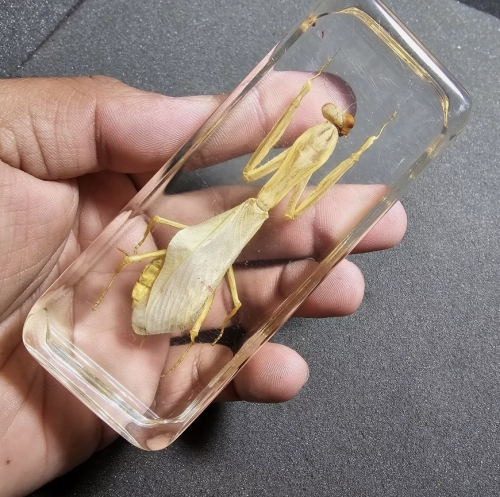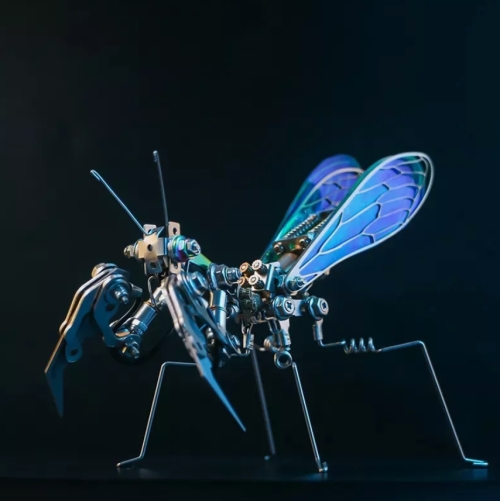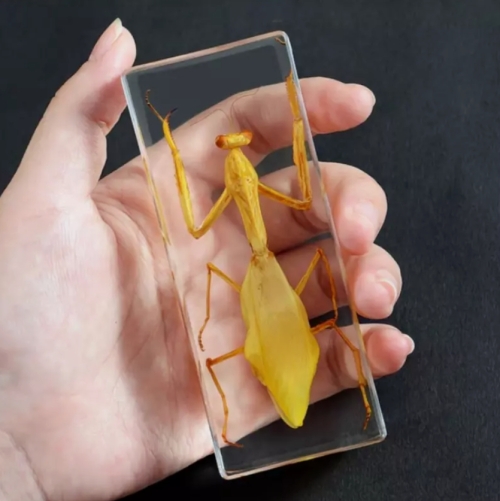A particularly striking feature of mantises is their ability to camouflage themselves among foliage, which helps them ambush unsuspecting prey. Their diet primarily consists of other insects, but larger species have been known to prey on small vertebrates, demonstrating their role as effective predators in their ecosystems. The large, compound eyes of mantises provide them with extraordinary vision, allowing them to detect even the slightest movements in their surroundings.
The reproductive behavior of mantises is equally intriguing. Females are known for their aggressive mating habits, often consuming the male after copulation. This behavior, though seemingly brutal, is believed to provide nutritional benefits to the female, enhancing reproductive success.
In addition to their biological significance, mantis specimens hold value in educational and research settings. Collectors and enthusiasts appreciate their unique morphology and behavior, contributing to studies on biodiversity and ecosystem health. Preserving mantis specimens helps scientists understand evolutionary adaptations and ecological roles, shedding light on broader environmental issues.
















